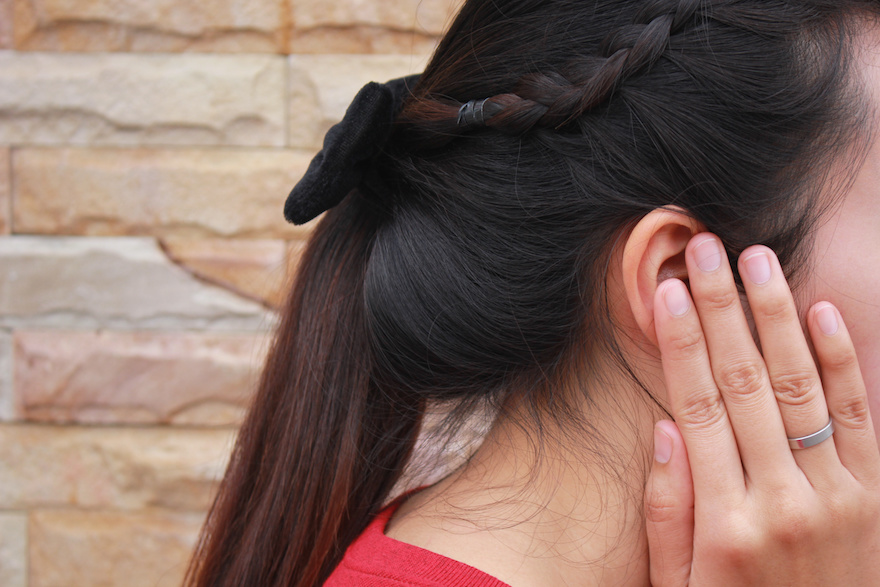As members of the hearing instrument practitioner association, you’ve likely heard of Sudden Sensorineural Hearing Loss (SSHL). This phenomenon is sometimes referred to as Sudden Deafness or Idiopathic Deafness, but if none of these sound familiar, consider yourself the patient.

Here’s what to know and how to apply it when addressing Sudden Sensorineural Hearing Loss.
Cracking the code of this silence
In short, we don’t know much about the nature of this affliction. However, what we do know is that SSHL is caused by damage to the inner ear’s sensory cells and/or nerve fibres. While it can happen at any age, patients will usually be 65 years or older. The first assessment will usually involve ruling out conductive hearing loss with a full hearing assessment including tympanometry and pure tone air & bone conduction testing. Most importantly, if left untreated, SSHL may lead to permanent deafness.
Treat the silence
Treatments may vary depending on the cause of the SSHL; however, the biggest game changer in the patient’s recovery is urgency. Evaluation of a patient includes taking a history of the events prior to symptoms, such as upper respiratory infection or trauma, degree of hearing loss, laterality, rapidity or chronicity, and associated symptoms. Most cases can be fully resolved with a corticosteroid, permitting it’s ingested within 72 hours, as steroids can treat many disorders by reducing inflammation and helping the body fight back the infection.
Keep an ear to the ground
Since a large part of this condition remains unknown, staying current on the latest treatments is essential. Because the onset of SSHL is so drastic and sudden, patients will likely be confused and fearful of the unknown. The best way to provide support is to remain informed and maintain the patient’s confidence in the assessment.
Fix the telephone and spread the word
Combat the severity of SSHL by educating about the occurrence, potential impacts and rapid onset of SSHL.
Sometimes our ears can act strangely and then immediately correct themselves. What makes SSHL so threatening is that it presents the same, but it may be too late by the time the subject starts to doubt the normalcy of their situation. With steroid treatment as effective as it is, simple PSAs can make or break an eardrum.
Promoting ear health
When modern days give us an anxious attachment to Bluetooth headphones, make promoting ear-health central in your practice. As hearing instrument practitioners, monitoring the patient’s personal hearing trajectory can help prevent them from getting lost in the great unknown of SSHL. Keep detailed records so each patient’s hearing baseline can be accurately established.
Lend an ear over here
Sudden Sensorineural Hearing Loss is a reminder of why it is essential to stay informed. Noting both the lack of knowledge about the nature of this affliction and the time sensitivity in its treatment – keeping up with the latest strategies in the hearing instrument practitioner world (through the AHIP community especially) is the best line of defence. When word of mouth has this much power, hear it straight from the horse’s mouth and trust us to provide the signs.
AHIP is not and shall not be liable for any of the views expressed by the authors or advertisers on the Signal Blogs. The authors’ opinions and the advertisers’ content do not necessarily reflect AHIP’s views.



